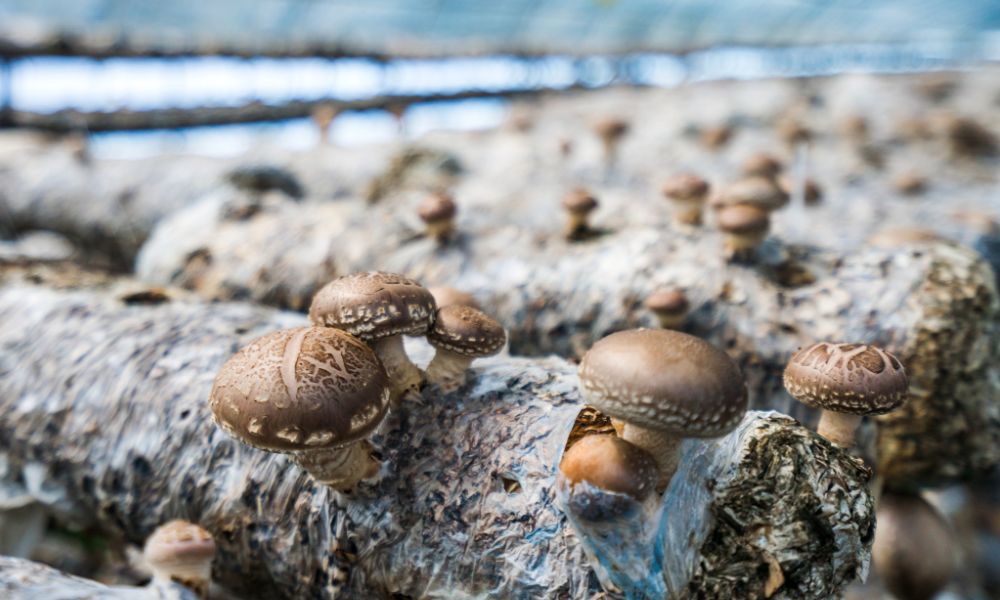
Cultivating mushrooms from liquid cultures is a highly rewarding venture. However, your overall success in this endeavor requires keen observational skills and a working knowledge of potential pitfalls, especially in maintaining a contamination-free environment. Let’s unravel some of the mysteries of mushroom cultivation and review the most common signs of contamination.
Cobweb Mold
This variety of mold looks similar to mycelium at first glance—both are fluffy white growths that spread across the surface of the substrate. However, cobweb mold has a more three-dimensional growth pattern and spreads rapidly. It often pops up near the very end of the incubation process, just as the mushrooms are about to fruit.
Trichoderma
The most common contaminant found in mushroom growing is called Trichoderma harzanium. It’s a mold that usually begins as a white mycelium before turning green upon sporulation. Trichoderma harzanium can rapidly colonize your entire substrate, producing a sickly greenish coloration that’s hard to miss. If left unchecked, this mold can quickly overrun a mushroom culture.
Bacterial Contamination
If your substrate, cultivation equipment, or water is contaminated with bacteria, it can easily spread to your mushroom culture. Signs to look out for include:
- A slimy appearance
- Off or unexpected colors like yellow or brown
- Foul or unpleasant odors
Bacterial blotch, which causes wet, slimy spots on mushroom caps, is a common bacterial infection in mushroom cultures.
Metabolite Production
Metabolites are compounds produced by fungi as a result of their metabolic processes. Often, you may see a line of metabolites, appearing as brownish water, right where two fungi meet. While some metabolites are normal, excessive metabolite production is usually a sign of stress or contamination.
Off-Color Mushrooms
What are the mushrooms you’re growing from mushroom liquid cultures supposed to look like? Any significant deviation from the expected color of the mushroom species you’re trying to grow could be a sign of contamination. For example, mushrooms that show symptoms of spotting or unusual color changes may be contaminated by mold or bacteria.
Maintaining a clean and healthy environment plays a crucial role in successful mushroom cultivation. When you recognize the most common signs your mushroom cultivation may be contaminated, you can take steps to mitigate the damage and salvage the fruits of your labor. Carefully observe your setup and practice rigorous hygiene protocols to minimize the risk of contamination.